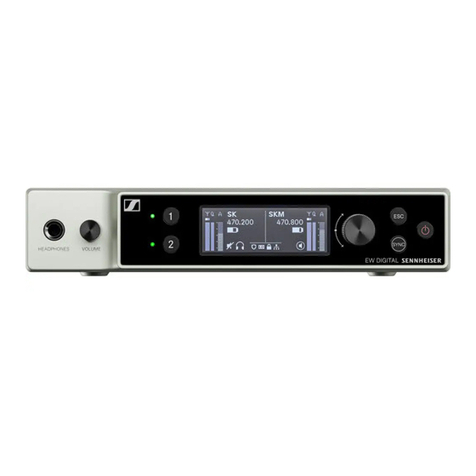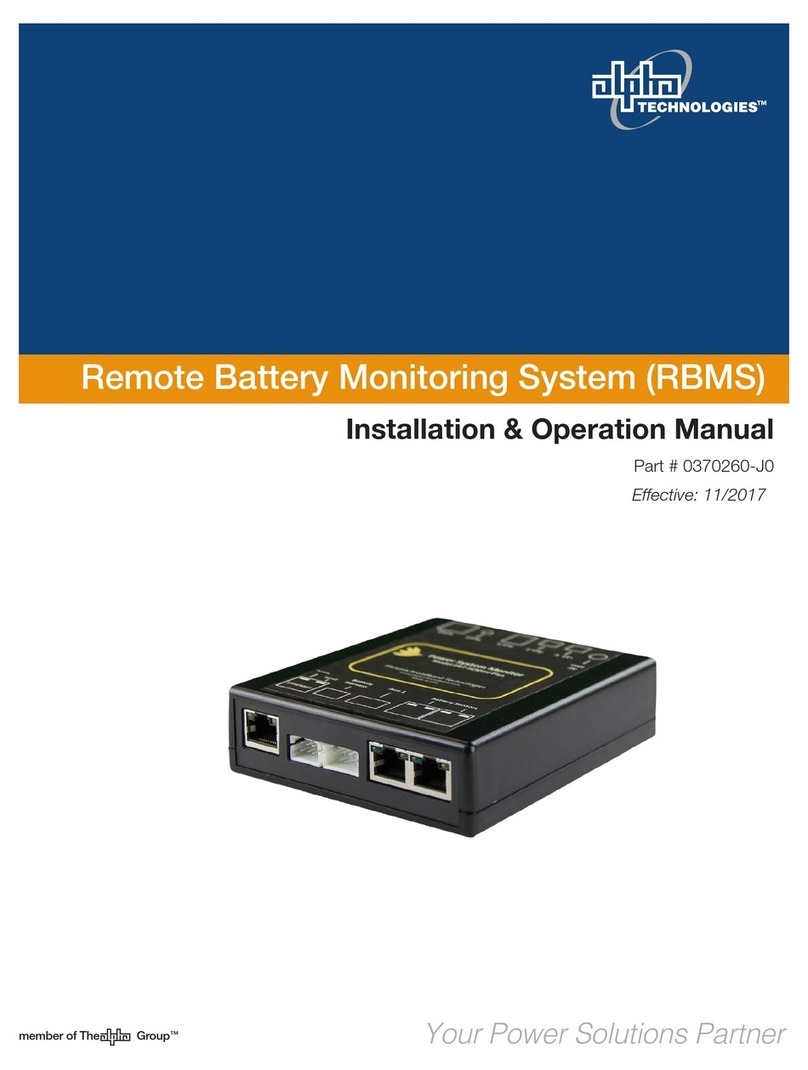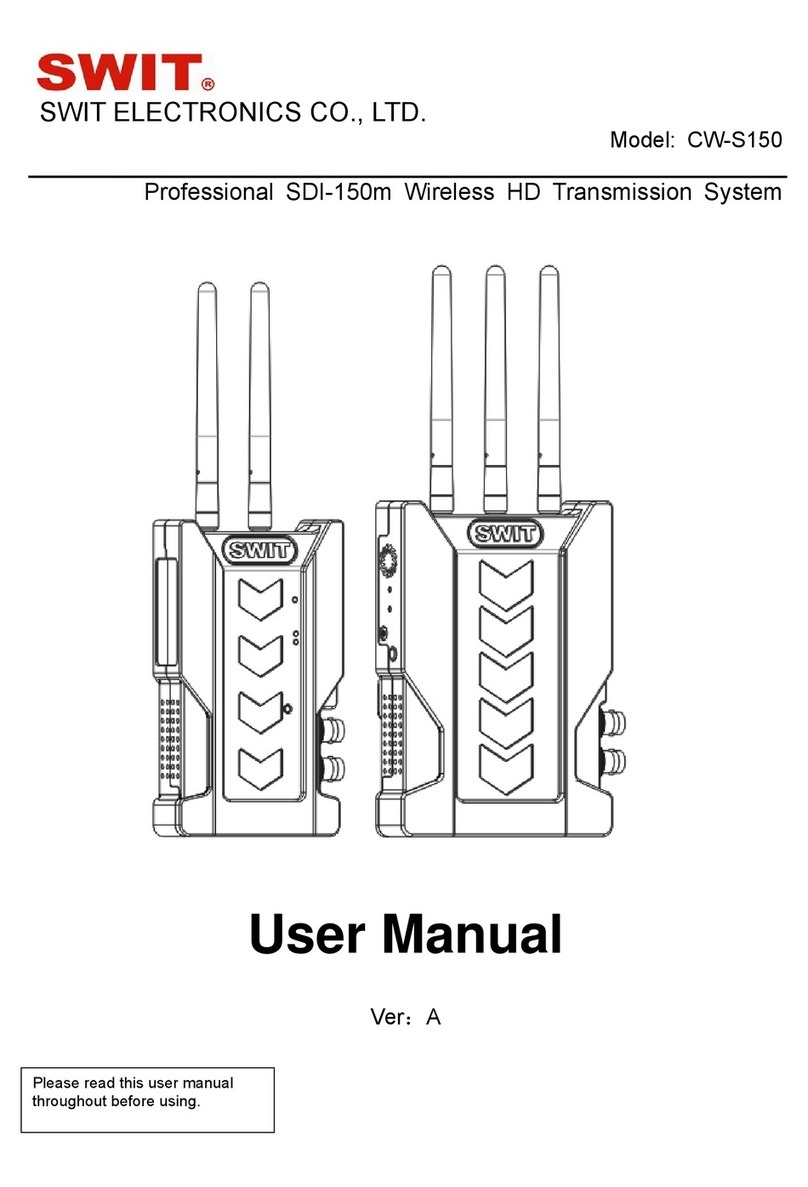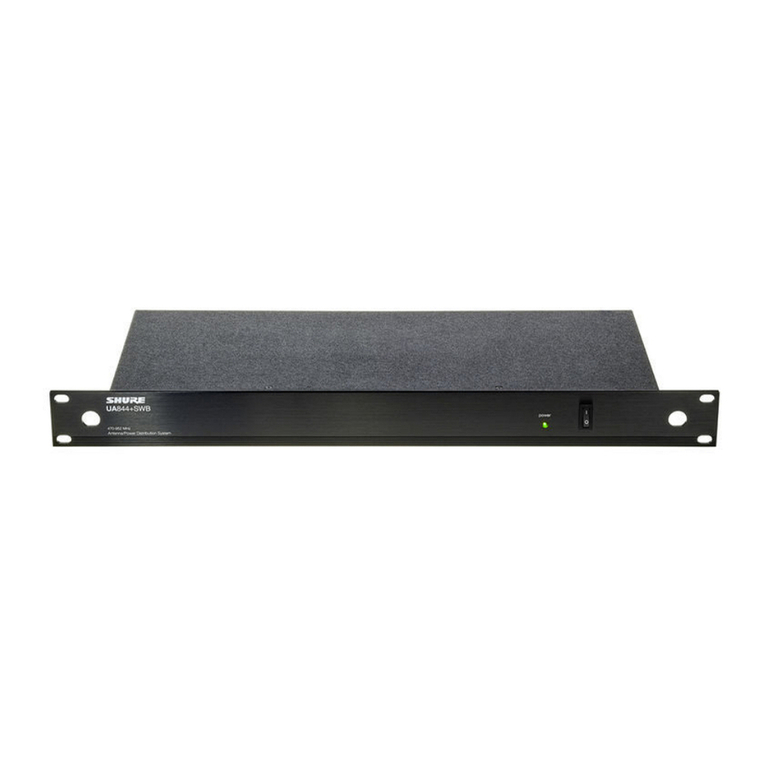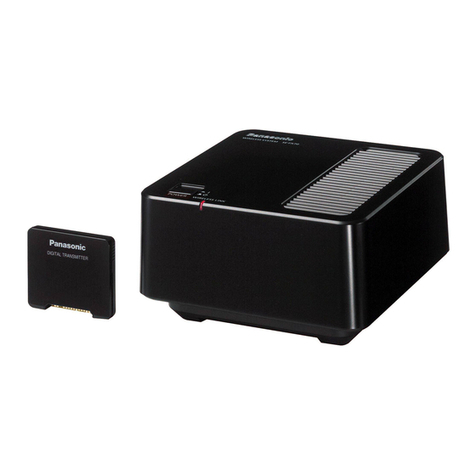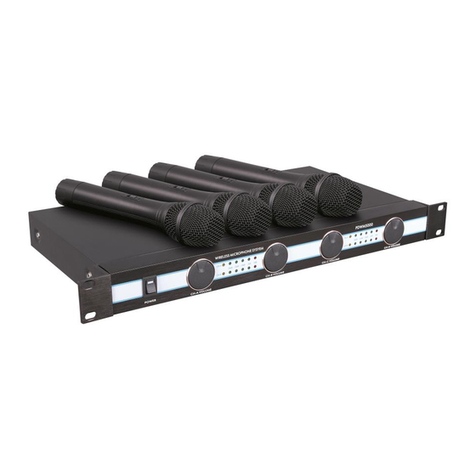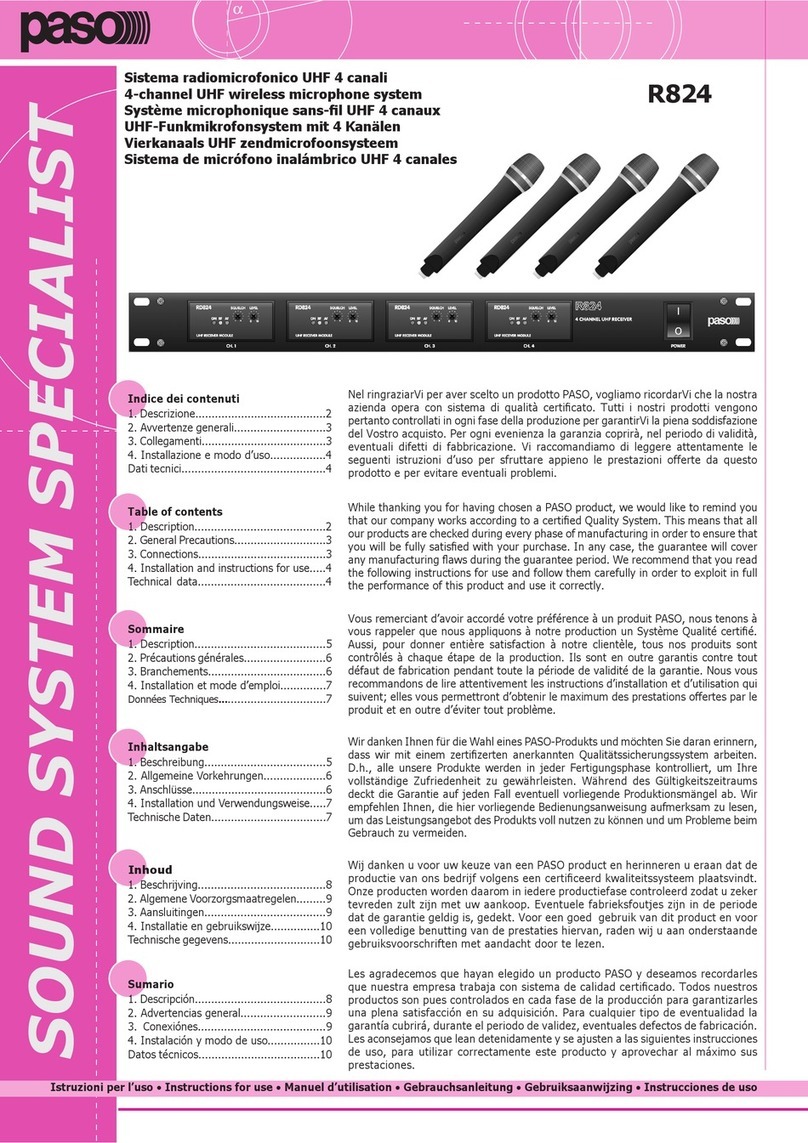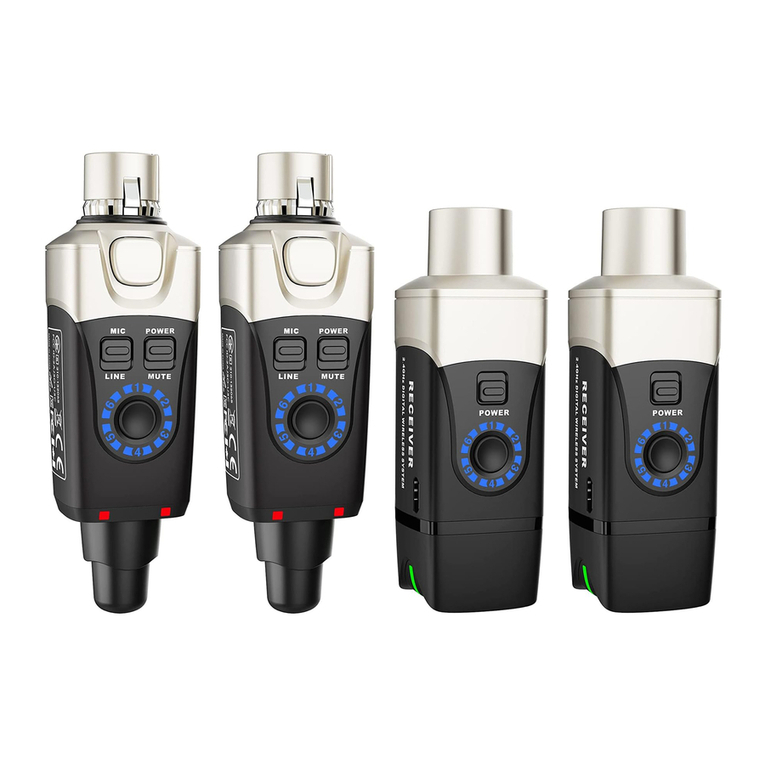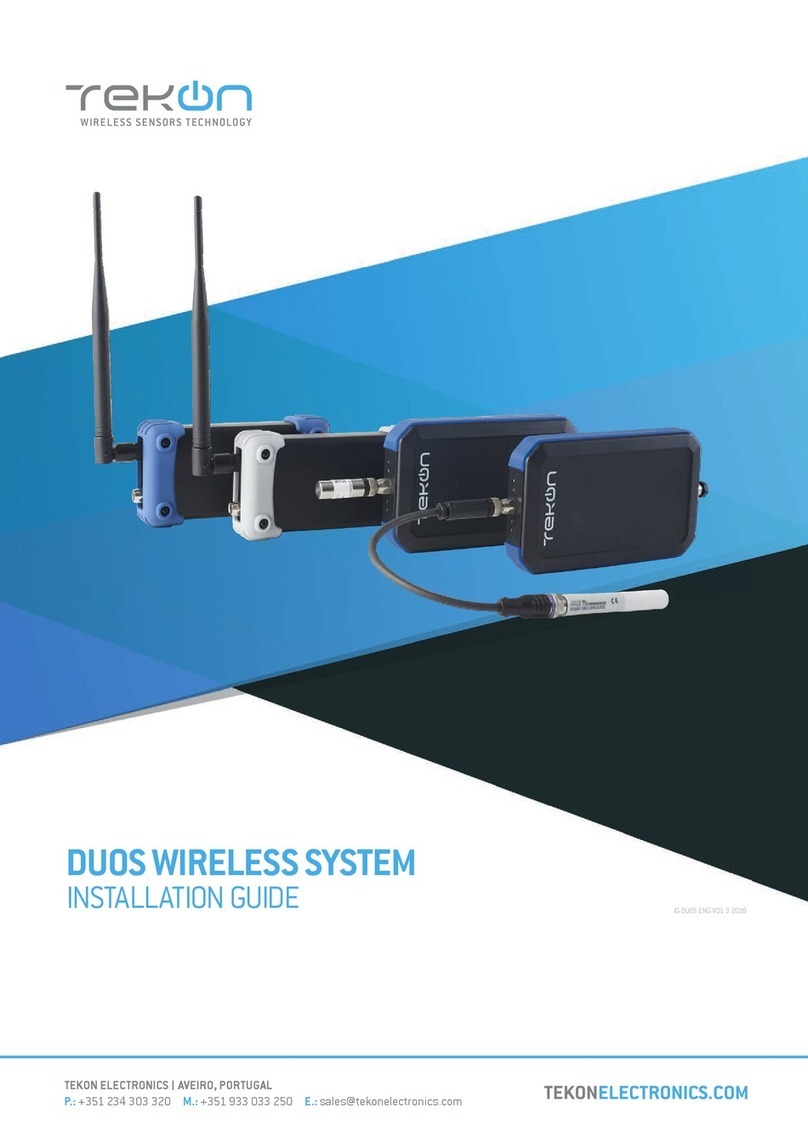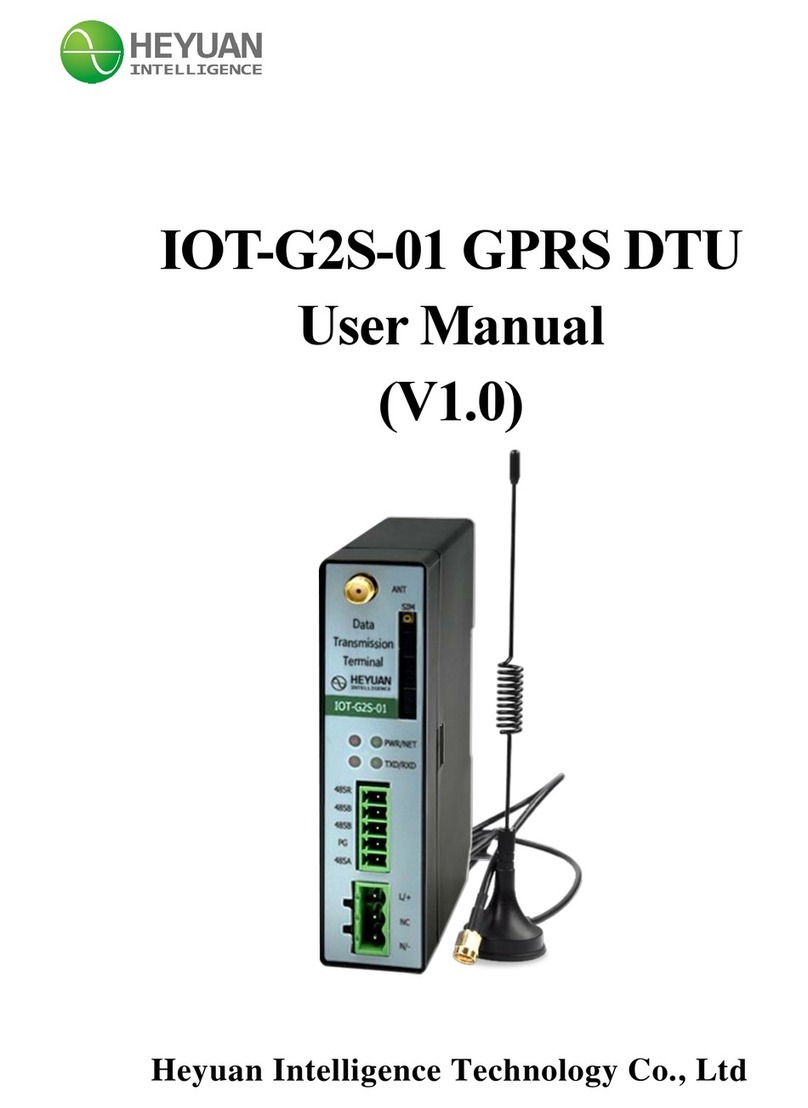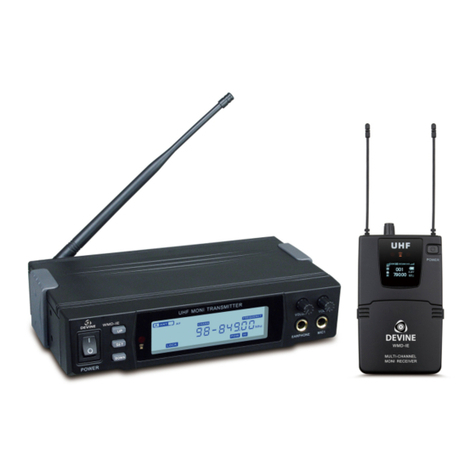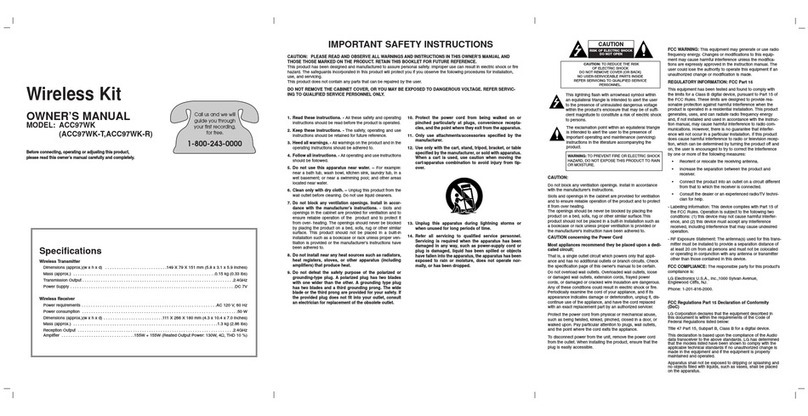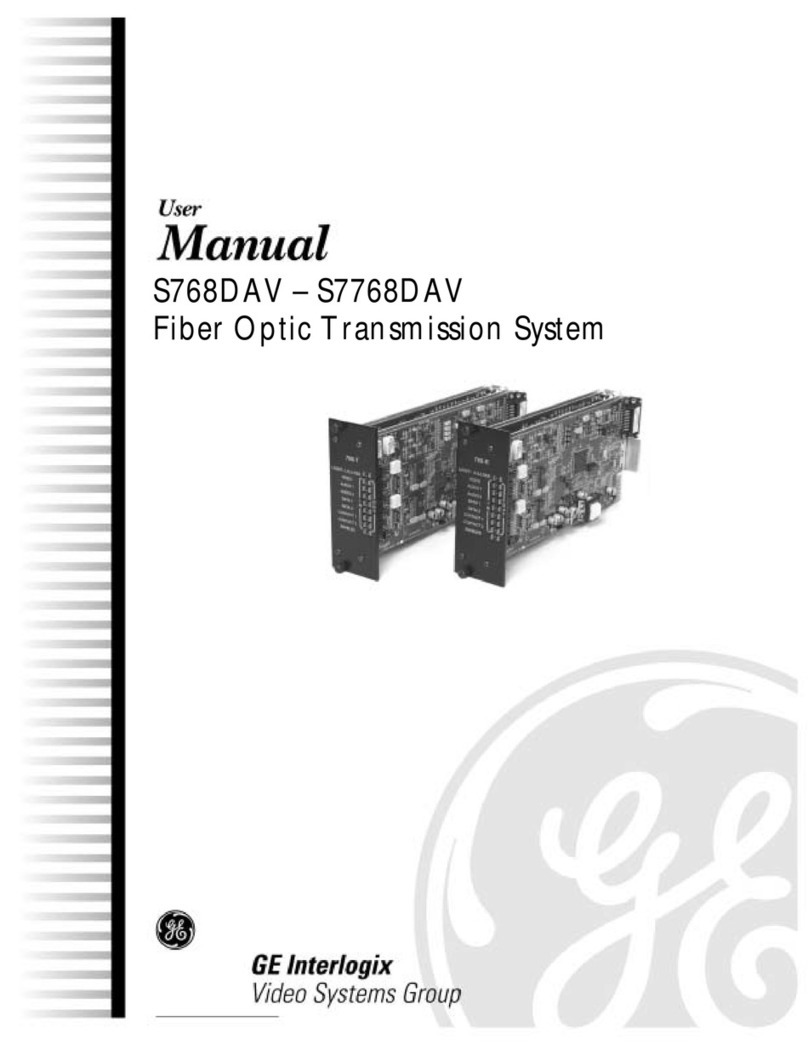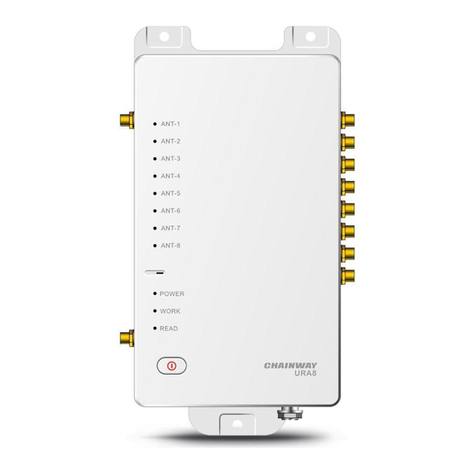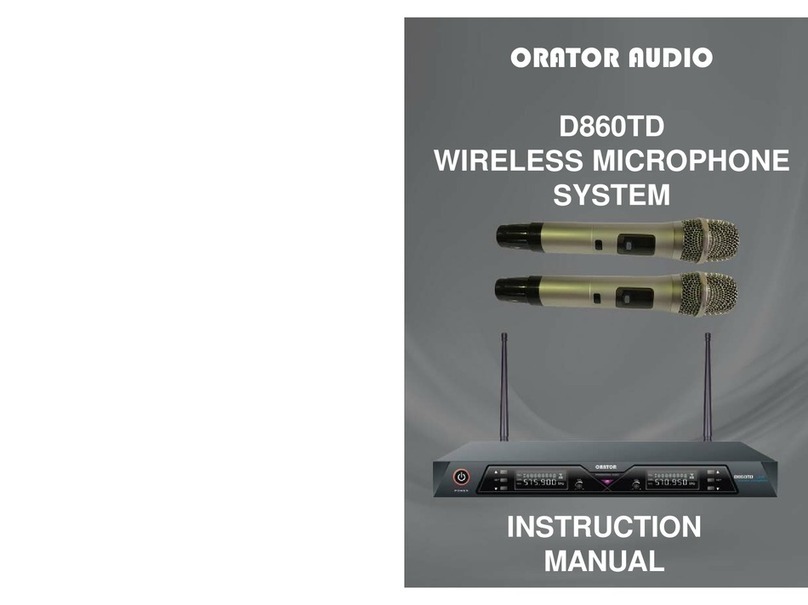Maintenance notes
We advise you to keep the equipment clean and to ensure the installation is in a dry and ventilated area.
Checking that components are connected and their signal strength in Diagnostic Mode
To activate the diagnostic mode, press the transparent switch on the master unit for 5 seconds.
The diagnostic mode is activated when the green LED of the master unit blinks.
Each connected unit beeps, the beeps correspond to the quality of the signal strength.
Faults
Master unit Faults
A fault is identified by a flashing orange light on the master unit and a number of beeps on the master and/or the MCP.
Number of beeps Faulty Unit Fault Explanation
1 Master Battery The master unit battery is faulty
2 Master MCP Battery The master unit MCP battery is faulty
3 MCP Battery An MCP has a faulty battery
4 MCP Communication An MCP has a communication fault
Manual call point (MCP) faults
Number of beeps Faulty Unit Fault Explanation
1 MCP Battery The manual call point battery is faulty
2 MCP Communication No signal has been recieved
Battery Fault
Replace the defective Lithium 3Vcc CR 17 345 for the MCP including the One installed in the master unit.
Replace the 9V 6 LR 61 battery inside the master unit.
Communication Fault
Go in to the diagnostic mode described earlier to check the quality and strengh of the signal, relocate if required or
investigate if there is a new obstruction or interference causing the fault.
Clearing Configuration / Decommissioning
If at any point you are unsure of the number of MCP’s paired with the system, or are having problems commissioning,
or wish to relocate the wireless system or reduce the number of paired units, then you will need to decommission
the slaves one at a time. Both the P300W and D300W can not be decommissioned, however, the D300W can be
moved and re-commissioned , using the normal procedureas set out in the step 3 to a different master
To decommission the a C300W, you will need to:
Press and hold the CONFIG button, then whilst holding down the CONFIG button also press and hold the VALID button,
until you here 3 short beeps, 4 long beeps followed by 1 short beep and then release the buttons, the C300W is now
decommissioned from the system and can be added back using the normal procedure as set out in step 2.
